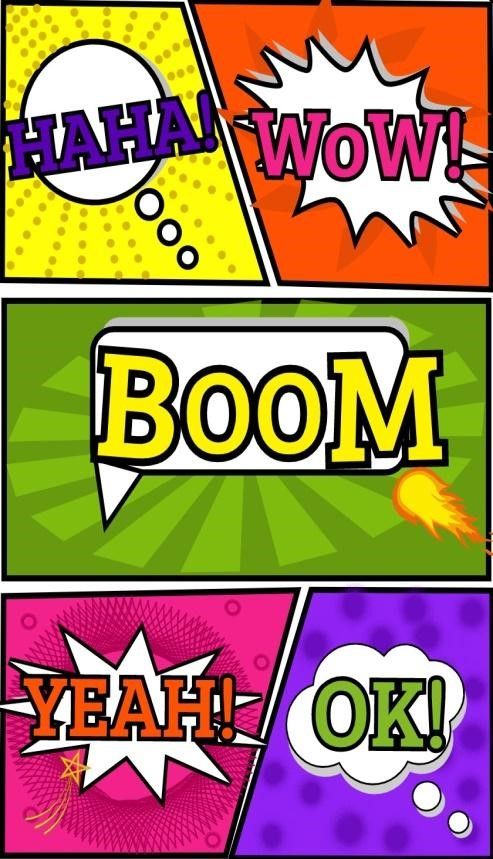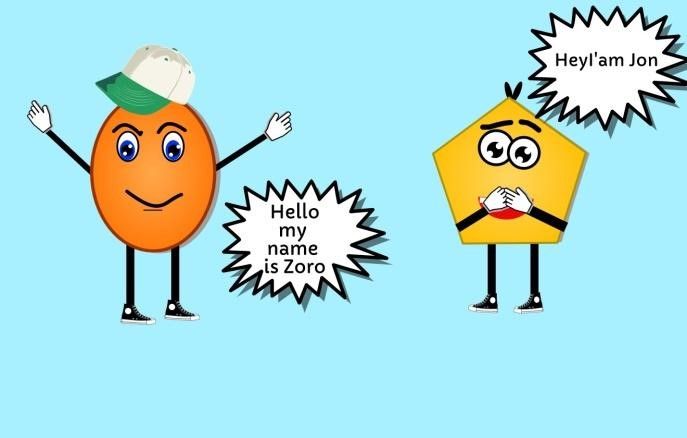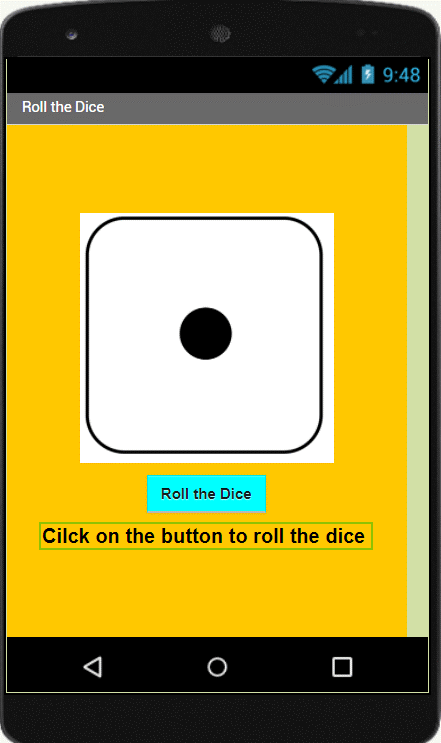When most parents start thinking about extracurricular activities for their children, they consider games, gymnastics, dance, and maybe band practice. Their first choice for engaging their elementary school kids probably doesn’t include coding classes for kids, but should it be? Do you need a meaningful activity that ensures your kid’s development and advancement? The learning activities should enable students to connect with and develop their skills, knowledge, and insights differently. To engage the students in practical learning through STEM & STEAM at a tender age, incorporate their core skills.
Years ago, Leonardo Da Vinci was right when he said, “Study the science of art. Study the art of science.”
Meaningful activities fascinate students in active, constructive, purposeful, factual, and cooperative ways. There is an excellent need for programming for kids that is aligned with learning outcomes and assessment. This strategy allows students to develop relevant and appropriate skills, knowledge, values, and opinions.
Know About STEAM: Technical Education with Arts
With more innovative technology, there is an emphasis on soft skills across the market. So, the need for a designed curriculum that integrates STEM with arts is developing. The knowledge of arts such as designing and writing helps STEM workers solve problems interactively.
By combining the arts into STEM, a STEAM-focused curriculum comprises the study of the humanities, language arts, dance, drama, music, visual arts, designing, media, and much more. Many education professionals see STEAM as important to 21st-century education as STEM. With the help of STEAM, educators can engage students early on in the arts and sciences and foster a love of learning that will last a lifetime. The study has concluded that students who study these subjects have more value in the marketplace.
In an article titled “Communicating Science Concepts Through Art: 21st Century Skills in Practice,” Sandy Buczynski, an associate professor with the University of San Diego’s Master of Education program, and three co-authors highlight the interaction between art and science. Also, according to a LinkedIn report, about 57% of senior leaders prefer soft skills over hard skills. Companies are always eager to hire employees with three skills creativity, collaboration, and persuasion.
STEAM-Based Learning Acts as a Game Changer
Kids’ coding classes are project-based learning. It is a dynamic approach covering many aspects of teaching. Students explore real-world challenges and develop the capability to resolve them through innovative ideas. It has a broad spectrum to work out of the circle of well-defined studies. It is well related to the school curriculum and helps to understand ideas in depth.
There is a shortage of stem workers. The demand for stem workers and artwork expertise is increasing daily. A Deloitte study found that the skills gap in the manufacturing industry could leave an estimated 2.4 million jobs disappointed between 2018 and 2028.

Difference between STEM and STEAM
There is a clear difference between STEM and STEAM-based on scientific concepts and approaches. It focuses on technical skills, while STEAM focuses on hard and soft skills. STEAM curricula help to understand conceptual factors of science, technology, arts, and math. By using tools such as data visualization and fine art imagery. The fact that children who are taught using a STEAM framework are taught not only the subject matter but also how to learn, how to ask questions, how to explore, and how to create is an essential component of this educational method.
STEAM professionals can create new products by using 3D printers. Coding classes for kids online is the most effective way to get the benefits of project-based learning. It evokes them to think critically in a multidimensional way and how to work in a cooperated and coordinated way to complete their given tasks.
Learn Coding in an Interactive Way
The main aim is to teach kids interactively and interestingly to create curiosity. The kids will learn how to develop stories, graphics, animations, and games by using code. Our useful learning activities allow students to take what they have learned from engaging with the activity. They can use it in another context or for another purpose. For example, students can rapidly apply the skills or knowledge they developed to the next activity.
STEAM’s entire purpose is to encourage inquiry and curiosity; to enable kids to ask thought-provoking questions that encourage creativity and discovery, and to relate their problem-solving to real-world solutions. With STEAM, no topic or student is left out.
Coding Programs Integrated with Practical Learning
Coding for kids’ programs is an excellent way to focus on practical projects and generate problem-solving skills in kids. The curriculum is shaped accordingly to meet the needs. The STEAM program’s infusion and coding make learning Science, Engineering, Technology, Art, and Math smoother. The kids are engaging in knowing how conceptual learning shapes practical learning. They learn about games, animations, robotics, graphics, and many more.
Learn Coding via STEM and STEAM Methods
No, coding is not hard to learn. However, the point is that learning to code is possible if integrated with the STEAM process. It’s not as difficult as it might look when preparing your child. Coding and programming have become much-needed and noticed skills, enabling the brain to develop. Coding practices can activate the brain’s learning centers. It helps to improve your growing child’s memory, problem-solving, and mental skills. This holistic method allows students to use both sides of their brains simultaneously.
Know about Project-based Learning for Kids
Coding is a practical subject, and kids learn by practice. Project-based learning is an excellent way for kids to learn at home, as it helps them connect their learning material to real-world applications. It is the right way to find solutions logically and by codifying. Also, the curriculum is personalized based on the child’s age and grade level so that students can work on the material at their own pace. Learning coding will help your kid to perform better in other subjects they are studying. Through programming, they learn how to solve a problem step by step and to use a language that the computer understands to develop a working program logically.
Wide Range of Coding Courses
We offer courses where coding and designing go parallel from elementary to high school. We begin by teaching them to design characters, cartoons, or stories through digital art and programming. They shape codes to give actions to characters. The designed curriculum helps them think through how best to design and deliver high-impact learning experiences. That will generate interest in kids to learn in a logical way to meet the future challenges of science and technology.

Program for beginners
At the beginner level, we provide an opportunity to kids to learn Digital art artistically. It is an entry-level activity and more accessible to get started to gain a foundation in computational thinking. It is a series of fun-loving activities for kids with colorful animation and display. They learn digital technology through creative processes with unlimited experimental possibilities. They learn to design and build e-cards, paintings, comic strips, etc. It is a presentation process, more specifically computational art, which uses and engages them with digital media. So, why wait and Book a FREE trial class today.


Programming
For teaching programming ideas to beginners, storytelling and code work well together. Any child can engage in the creative process of programming. Your kids might not be interested in creating data processing techniques, but they might adore making games, music, websites, or just playing around with coding. Teaching children to code can help them develop important life skills and teaches them a new type of creative coding. Consider creating a platformer, puzzle, or adventure game or writing a short tale. Each of these projects calls for both originality and coding expertise. Numerous programming language tools are available, and we also provide an online creative kid coding/programming platform for beginner to advanced groups that teaches computer science abilities to children through creative coding.


Build game controls with Makey Makey


Programming classes at SkoolofCode combine STEM, ART, and Coding at the elementary level in the form of projects and product-based settings to enable students to learn everything from designing to block-based programming. As they move toward middle and high school, data science and web design courses are available alongside robotics, gaming, and art, and students study the nexus of technology and public policy to learn not just how computers work but also how they impact society. The underlying aspect of programming is that you are always learning and intrigued about new challenges.
Learn Coding through Qualified Teachers
While learning to code at the kid’s level, children are encouraged to think critically and strategically to understand and solve problems. To establish an inclusive learning environment where all students can participate and contribute, STEAM equips instructors to use project-based learning that spans all five disciplines. In contrast to traditional teaching methods, STEAM educators integrate many subjects, taking advantage of the connections between, for instance, the modeling process and math and science content to obfuscate the distinctions between modeling methods and scientific/mathematical reasoning.
In coding and practical-based learning, our teachers focus on doing work to solve complicated problems. In online coding classes for kids, we have a variety of courses. Our competent, skilled teachers with many years of experience guide students through a practical approach. We have the top 1% of highly professional instructors with a structural and practical approach to learning.
Our Best Home-based Online Coding Programs
In a nutshell, coding, along with practical learning, is becoming popular daily and getting appreciated. It helps to highlight the inbuilt qualities of your child. It not only helps to understand technology but improves career prospects. If you want to enhance your problem-solving skills through a universal language, feel free to drop your message at learn@skoolofcode.us. Please provide your contact details, and our team of counselors will provide complete details about the homeschooling curriculum and further inquiries.
By – Ms. Manpreet Virk, Head of E-learning and an educator at SkoolofCode with degree in M.Phil. and Master in Computer Science. She is passionate about learning and teaching young minds.

